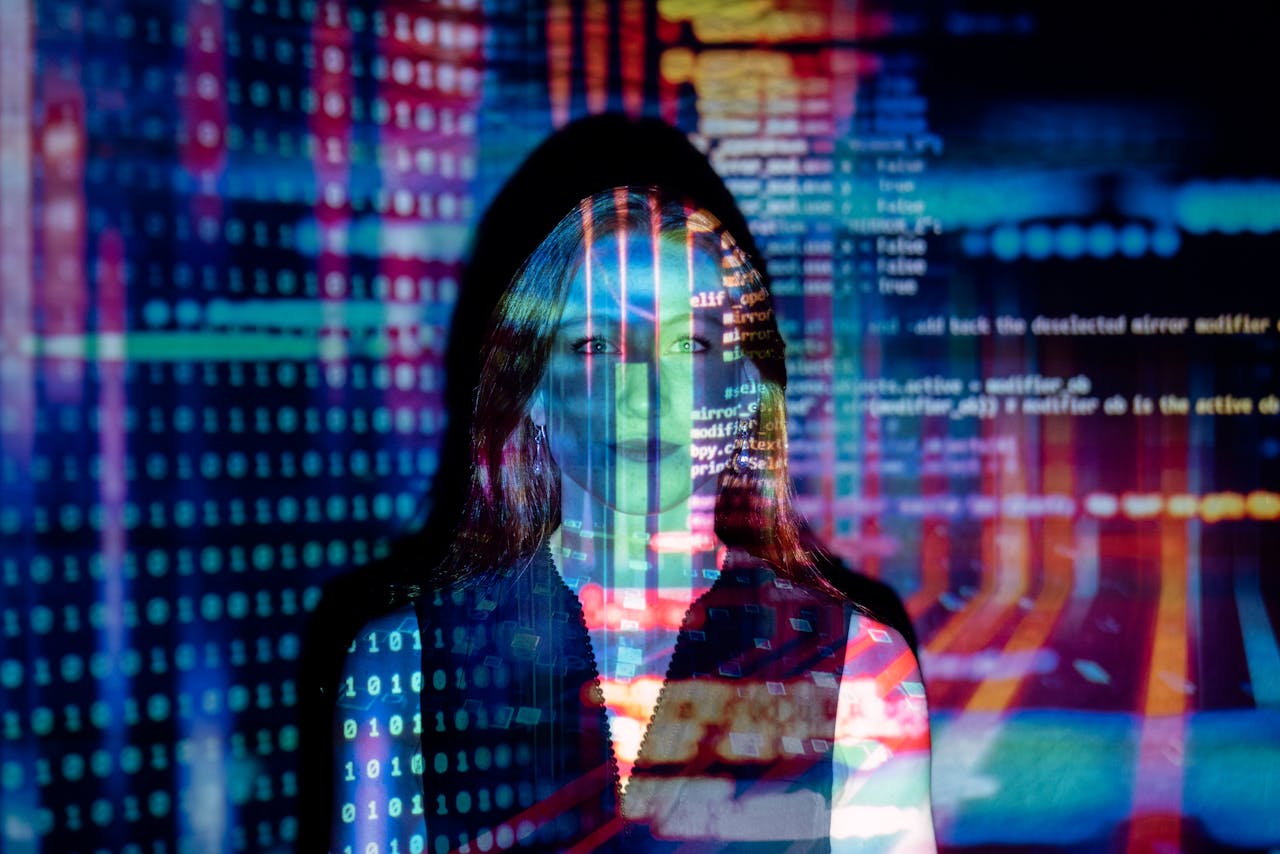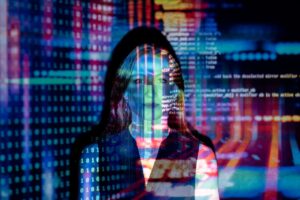AI Agents and Workflows: Shaping the Future of Work
The landscape of work is undergoing a seismic shift, driven by the rapid advancements in Artificial Intelligence. Beyond the familiar chatbots and recommendation engines, two powerful concepts are emerging as cornerstones of this transformation: AI agents and AI workflows. While often used interchangeably, understanding their distinct roles and synergistic potential is crucial for navigating the evolving professional world.
What are AI Agents?
Imagine a highly skilled, autonomous digital assistant capable of understanding your goals, devising a plan, and executing tasks to achieve those goals with minimal human intervention. That’s an AI agent. Unlike traditional AI programs that follow predefined rules, AI agents possess a degree of autonomy, reasoning, planning, and memory.
Powered by sophisticated Large Language Models (LLMs) as their “brain,” AI agents can:
- Perceive their environment: This involves gathering and processing information from various sources, such as text, images, databases, and real-time data feeds.
- Make decisions: Using their internal models and reasoning capabilities, they analyze the gathered data to determine the most appropriate course of action.
- Execute actions: They can interact with other software, use tools (like APIs, web search, or code interpreters), and perform complex, multi-step operations to achieve their objectives.
- Learn and adapt: Through continuous feedback and self-evaluation, AI agents can refine their performance over time, improving accuracy and effectiveness.
Think of an AI agent as a digital professional capable of:
- A “procurement agent” researching company selection criteria, identifying qualified suppliers, soliciting and evaluating bids, and making a recommendation.
- A “customer service agent” understanding complex customer queries, dynamically deciding on next steps, searching knowledge bases, and even creating support tickets or escalating issues to the right team.
- A “code review agent” automatically reviewing code, identifying potential issues, and suggesting improvements.
What are AI Workflows?
While AI agents are autonomous entities, AI workflows represent a structured sequence of operations designed to automate and optimize tasks using AI technologies. They are the frameworks within which AI agents, or other AI models, operate to achieve a larger objective.
Essentially, an AI workflow integrates various AI models and tools (which could include AI agents) to process and analyze data, make decisions, and execute tasks in a predetermined or dynamically adjusted order. Key characteristics of AI workflows include:
- Structured processes: They define the steps and logic for tasks, ensuring consistency and repeatability.
- Integration of AI tools: They leverage a range of AI technologies, from machine learning and natural language processing to robotic process automation (RPA) and generative AI.
- Automation of tasks: The core purpose is to streamline repetitive and often complex tasks, reducing manual effort and human error.
Examples of AI workflows span across industries:
- Marketing content creation: A workflow that uses generative AI to produce text, an image generation model for visuals, and a spell-check AI for quality assurance.
- Document analysis: A workflow that employs Optical Character Recognition (OCR) to digitize documents, a translation AI for multi-language content, and a summarization AI to extract key information.
- Fraud detection: A workflow that analyzes transaction data using machine learning models, flags suspicious activities, and potentially triggers an AI agent to investigate further.
AI Agents vs. AI Workflows: The Synergy
The distinction between AI agents and AI workflows lies primarily in their autonomy and scope:
- AI agents are the “doers”: They are individual intelligent entities capable of independent decision-making and action within a defined domain. They are more dynamic and adaptable to unforeseen scenarios.
- AI workflows are the “orchestrators”: They define the overall process and can incorporate multiple AI tools, including AI agents, to achieve a broader goal. They provide structure and predictability.
Think of it this way: an AI workflow is like an assembly line, with each station performing a specific function. Some of these stations might be powered by highly intelligent AI agents that can adapt and make decisions within their specific task, while others might be more rule-based automations.
The true power emerges when AI agents are embedded within AI workflows, creating “agentic workflows.” Here, a meta-agent or a control mechanism can oversee the entire process, breaking down complex goals, assigning sub-tasks to specialized AI agents, and dynamically reconfiguring the workflow based on real-time conditions. This allows for a level of intelligence, adaptability, and scalability previously unimaginable.
The Future of Work: A Paradigm Shift
The widespread adoption of AI agents and AI workflows will fundamentally reshape the future of work, bringing both exciting opportunities and significant challenges.
Opportunities:
- Enhanced Productivity and Efficiency: Repetitive, manual, and even cognitively demanding tasks will be increasingly automated, freeing up human workers to focus on higher-value activities that require creativity, critical thinking, emotional intelligence, and complex problem-solving.
- Improved Decision-Making: AI workflows can analyze vast datasets and identify patterns that humans might miss, providing data-driven insights that lead to more informed and strategic decisions.
- New Job Roles and Industries: The rise of AI will necessitate new roles in AI development, ethical AI oversight, AI system maintenance, and human-AI collaboration. Entire new industries centered around AI services and solutions will emerge.
- Personalized and Adaptive Experiences: From customer service to personalized education and healthcare, AI agents can provide highly tailored experiences that adapt to individual needs and preferences.
- Augmented Human Capabilities: Rather than replacing humans, AI agents will increasingly serve as powerful tools that augment human capabilities, making us more effective and efficient in our roles. Imagine a lawyer with an AI agent that can sift through thousands of legal documents in seconds, or a doctor with an AI agent that can analyze patient data for potential diagnoses.
- Increased Accessibility and Inclusivity: AI-powered tools can break down barriers for individuals with disabilities, offer translation services in real-time, and make knowledge and opportunities more accessible globally.
Challenges and Considerations:
- Job Displacement and Reskilling: While new jobs will emerge, some existing roles will undoubtedly be automated, leading to job displacement. Significant investment in reskilling and upskilling programs will be crucial to ensure a smooth transition for the workforce.
- Ethical Implications and Bias: AI agents learn from data, and if that data is biased, the agents will perpetuate and amplify those biases. Ensuring fairness, transparency, and accountability in AI development and deployment will be paramount. Ethical frameworks and regulatory guidelines will be essential.
- Human-AI Collaboration and Trust: Developing effective ways for humans and AI agents to collaborate seamlessly will be key. Building trust in AI’s decisions and ensuring human oversight in critical scenarios will be vital.
- Security and Privacy: As AI agents handle increasingly sensitive data and perform autonomous actions, robust cybersecurity measures and data privacy protocols will be more critical than ever.
- The “Black Box” Problem: Understanding how complex AI agents arrive at their decisions can be challenging. The need for “explainable AI” will grow to foster trust and enable effective troubleshooting.
- Maintaining Human Skills: As AI takes over more routine tasks, there’s a risk of certain human skills atrophying. Education systems will need to adapt to emphasize uniquely human strengths.
Conclusion
The convergence of AI agents and AI workflows is not just an incremental improvement; it’s a fundamental shift in how work gets done. We are moving towards an era where intelligent, autonomous entities will handle an ever-increasing array of tasks, enabling organizations and individuals to operate with unprecedented efficiency and insight.
Navigating this future successfully will require proactive measures: investing in continuous learning and skill development, establishing robust ethical guidelines for AI development and deployment, and fostering a collaborative environment where humans and AI work hand-in-hand. The future of work isn’t about humans versus machines, but rather humans empowered by machines, unlocking new frontiers of innovation and productivity. The autonomous revolution is here, and it promises to redefine what’s possible in the world of work.














Post Comment